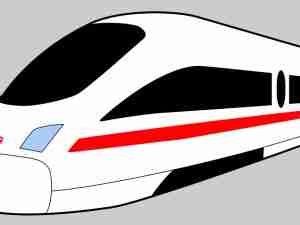US House approves transportation bill with rail safety extension
By: Reuters | Oct 27 2015 at 02:13 PM | Intermodal
WASHINGTON - The U.S. House of Representatives on Tuesday approved a bill to keep federal funds flowing to road and bridge construction projects into late November, while also extending a key rail safety deadline to the end of 2018.
In a voice vote, lawmakers backed continued surface transportation funding through Nov. 20, giving the House about three weeks longer to pass a bipartisan-backed six-year bill that would allow highway spending to keep pace with inflation but provide no new money for America’s crumbling infrastructure. The newly approved measure now heads to the Senate.
Under intense pressure from railroads and shippers, lawmakers also included a measure to give rail operators until at least Dec. 31, 2018, to implement advanced safety technology known as positive train control, or PTC, which safety experts say can avoid derailments and other major accidents.
Current law gives freight and passenger railroads until Dec. 31 to implement PTC. But most say they cannot do so in time and have threatened to suspend rail service from Jan. 1 if no extension is granted, potentially snarling rail-based commerce and undermining the U.S. economy. Some have demanded that Congress act by the end of October.
The newly approved House measure would allow the U.S. transportation secretary to extend the PTC deadline beyond 2018 on a case-by-case basis.
House lawmakers have proposed a six-year transportation bill that promises $325 million in infrastructure funding through Sept. 30, 2021. However, the legislation would fund only the first three years of investment and contains no mechanism to pay for it. Funding for the second three years would require a new act of Congress.
The House Ways and Means Committee has not come up with a way to finance the initial segment, partly because the panel’s Republican chairman, U.S. Representative Paul Ryan of Wisconsin, has been caught up in this week’s election for House speaker.
The Senate approved its own six-year transportation bill in July.
Final multiyear legislation would require the two chambers to reconcile the differences between the two bills.







